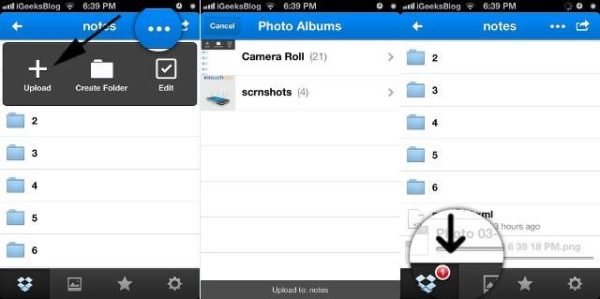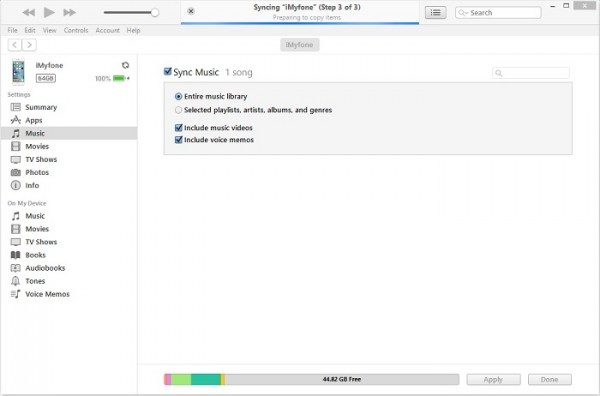Over the years, studies have consistently shown a link between musical training and academic success in both children and adults. Even when an adult first learns to play a musical instrument, it stimulates the brain and improves functions such as memory and abstract reasoning skills. That’s because playing music releases brain-building connections like BDNF, CREB, and synapsin I, neural growth factors that strengthen your mental abilities. Music has been shown to help cancer patients communicate their feelings, manage stress, and relieve physical pain and discomfort. This means that music can be used to improve performance during exercise, while encouraging psychophysical and psychological benefits. In one study, researchers tested the effects of music and audiobooks on sleep quality on 94 students.
A 2015 review of research on the effects of music on pain management found that patients who listened to music before, during, or even after surgery experienced less pain and anxiety than those who didn’t listen to music. At the end of the four-week study period, participants who had listened to music every day experienced a significant reduction in feelings of sadness and depression. Such results suggest that music therapy may be an important tool in the treatment of chronic pain. While we don’t know exactly when people started listening to music, scientists know something about why we do it. This is what research tells us about the power of music to improve our physical, mental, and emotional health.
In general, music therapy helps relieve stress, treats anxiety and depression, and helps with sleep disorders. In another controlled clinical trial, 23 elderly patients with hypertension undergoing music therapy had a decrease in average blood pressure at 12 weeks and improved their quality of life. As you grow in music, you also stretch your mental and emotional Mixes DJ health through creativity. Music challenges people to try new things, work on different tactics and expand their creativity. In fact, music can help you process emotions by playing music you enjoy, experimenting with melodies, or writing your own songs. As you learn a musical instrument, you rise to the challenge by embracing your creative side.
Future studies should examine whether active performance or passive listening yield better results. Finally, the authors propose a framework for future research with questions such as are the beneficial effects of music due to distraction, mood induction, feelings of bonding/social support, or other factors? What are the different effects, if any, of playing versus listening to music? Are some people more likely to experience positive effects of music than others? If so, what individual differences (e.g. personality traits, genetic or biological factors) contribute to the effectiveness of musical interventions? What is the role of oxytocin, “the drug of love” in mediating the musical experience?
Compared to a control group, the group that listened to music experienced significant pain reduction and fewer depressive symptoms. If you’re dealing with a mental disorder, music therapy can help you with communication and expression, help you explore your thoughts and feelings, improve your mood and concentration, and develop coping skills. In one study, music helped improve recognition memory in 13 Alzheimer’s patients. They performed better on a memory task to get verbal feedback when listening to music. However, these benefits were not seen in the 14 healthy older adults who also participated in this study.
In addition to inducing stress, Loewy says, improper music can ruminate or promote other useless mental states. A 2015 study from Finland found that music can amplify negative emotions, such as anger, aggression or sadness, in the same way that it can counteract these feelings. Finnish researchers conducted a similar study, but with stroke patients. They found that if stroke patients listened to music for a few hours a day, their verbal memory and focused attention recovered better and they had a more positive mood than patients who listened to nothing or listened to audiobooks. In addition, a significant emphasis has been placed on the potential use of music as a complementary therapy for the improvement of various mental illnesses such as depression and anxiety. Sanfilippo, Stewart and Glover from the University of London and Imperial College London recently conducted a literature review on the role music can play in supporting perinatal mental health.





